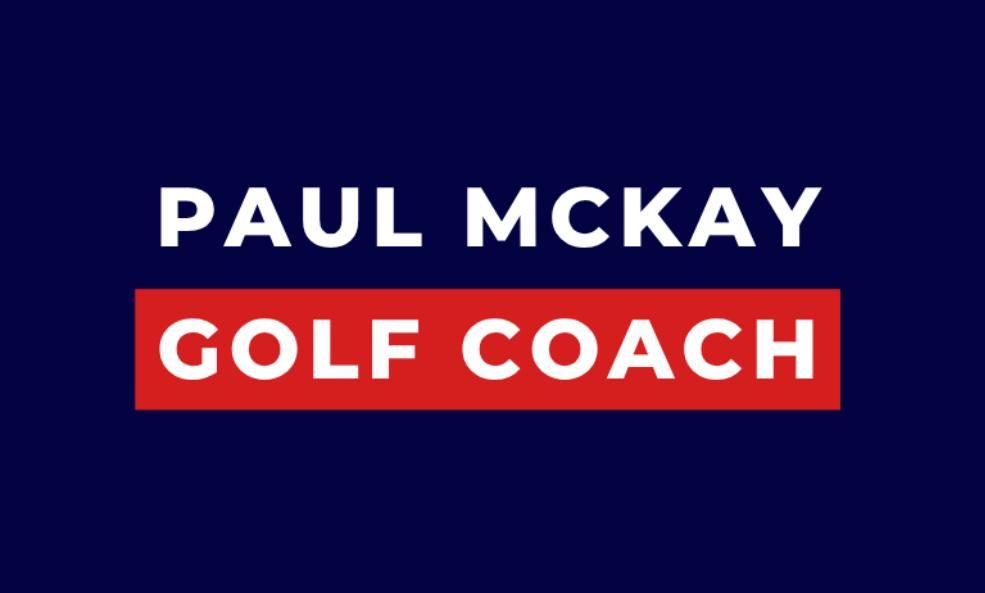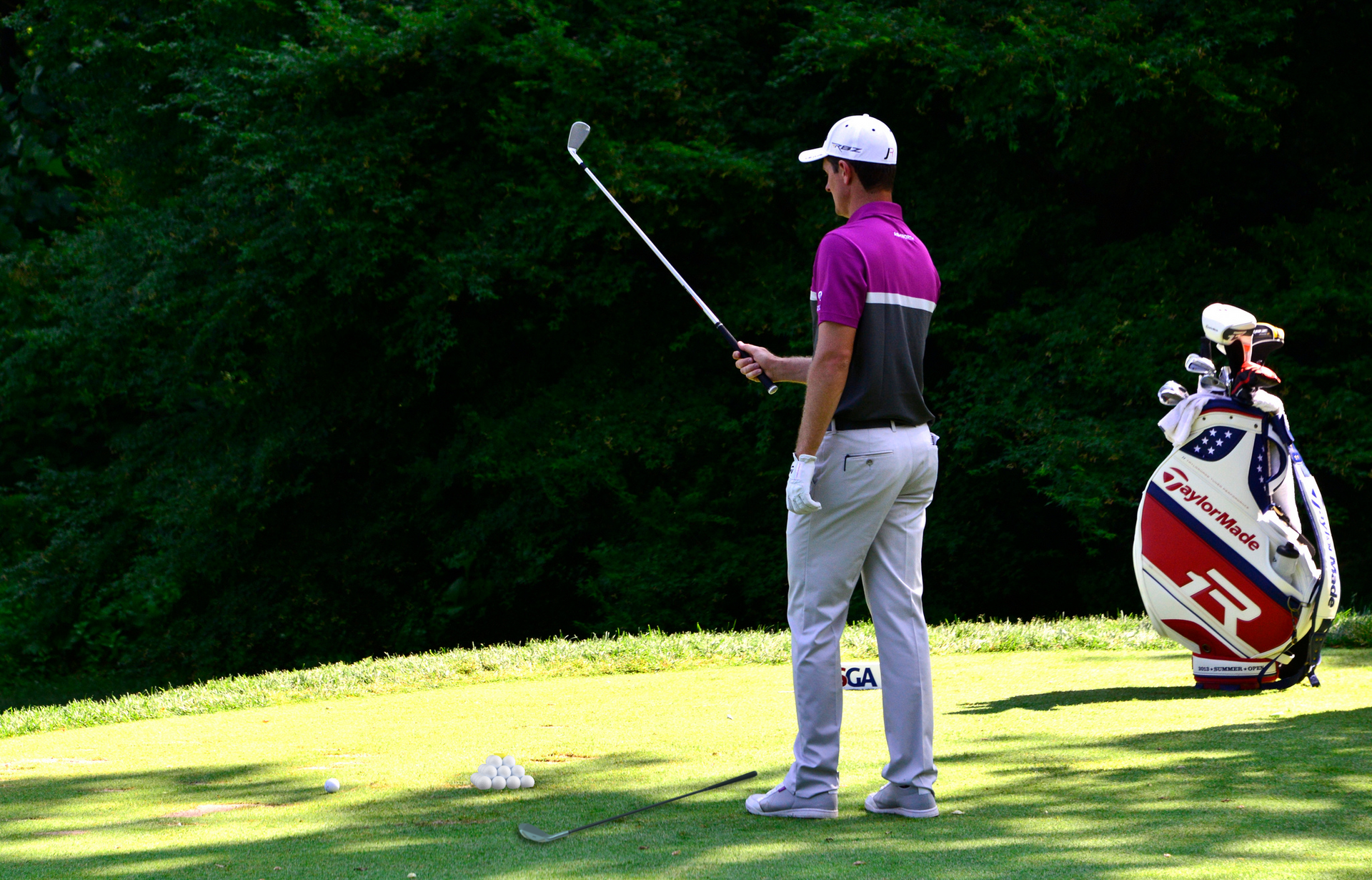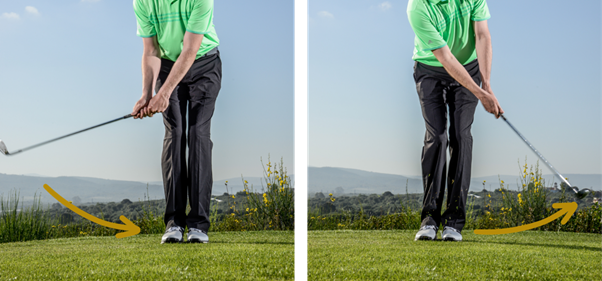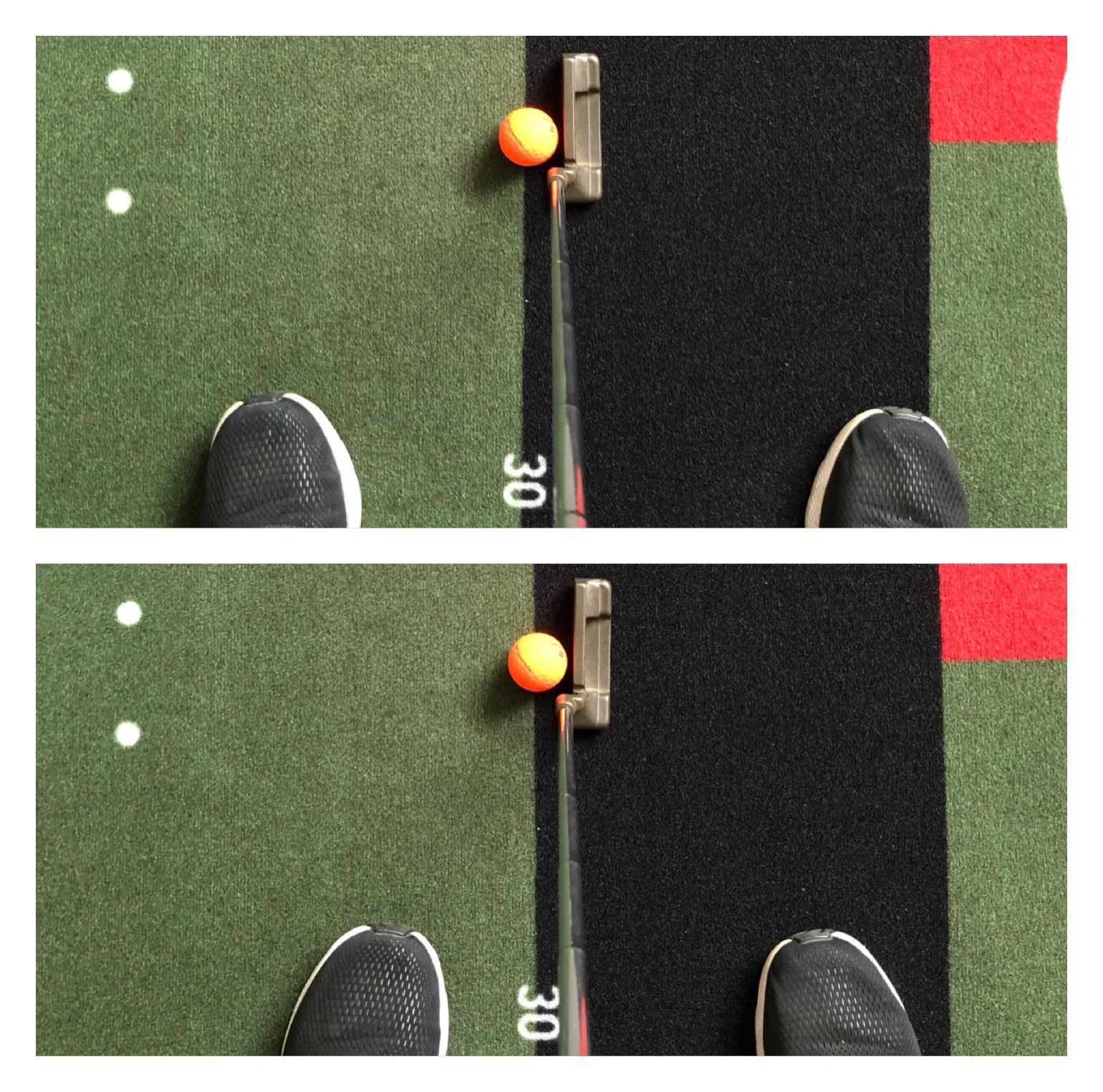Maintaining Flow in Your Golf Swing
Maintaining Flow in Your Golf Swing

"Maintaining Flow in Your Golf Swing: The Art of Keeping Moving"
Golf, unlike many other sports, presents a unique challenge: we stand still over a static ball, while in other sports, athletes react to moving objects. Have you ever found yourself stuck over the ball, struggling to take the club back or losing your flow? Let's delve into why this happens and explore ways to regain your rhythm on the golf course.
1. Overloaded with Thoughts
One of the leading causes of getting stuck over the ball is an overload of thoughts. Whether it's a multitude of swing-related concerns or constant worry about the outcome of your shot, too much information can paralyze your swing. Golf involves processing a vast amount of information, including environmental factors. When we add too many internal cues to the mix, our brains become overwhelmed, leading to that feeling of being stuck.
2. Embrace a Trigger
Many of the world's best players employ trigger movements to initiate their swings. Whether it's Bryan Harman or Sergio Garcia's multiple club waggles or Patrick Cantlay’s well-known foot move trigger, these players use these motions as a "starter motor" to begin their swings. These triggers help them find comfort, begin a sequence of events, and the right timing and rhythm for their swings. Removing these triggers could lead to a significant loss in performance. If you find yourself feeling grounded and struggling to start your swing, consider incorporating more dynamic movements into your pre-shot routine.
3. Beware of Information Overload
Excessive thinking can rob you of your trigger movements. Focusing intensely on specific aspects of your swing, such as your takeaway, can interfere with your natural flow, especially if you have habitual trigger movements. Reflect on your thought process during your best rounds. If you're unsure about your trigger movements, don't hesitate to ask your playing partners for observations; they may have noticed them already.
In conclusion, keeping your golf swing in rhythm and flow is essential for consistent performance. Avoid information overload, embrace trigger movements, and be mindful of how your thought process impacts your swing. By staying in motion and maintaining a balanced mental state, you can break free from the feeling of being stuck over the ball and enjoy a smoother, more effective golf swing.








